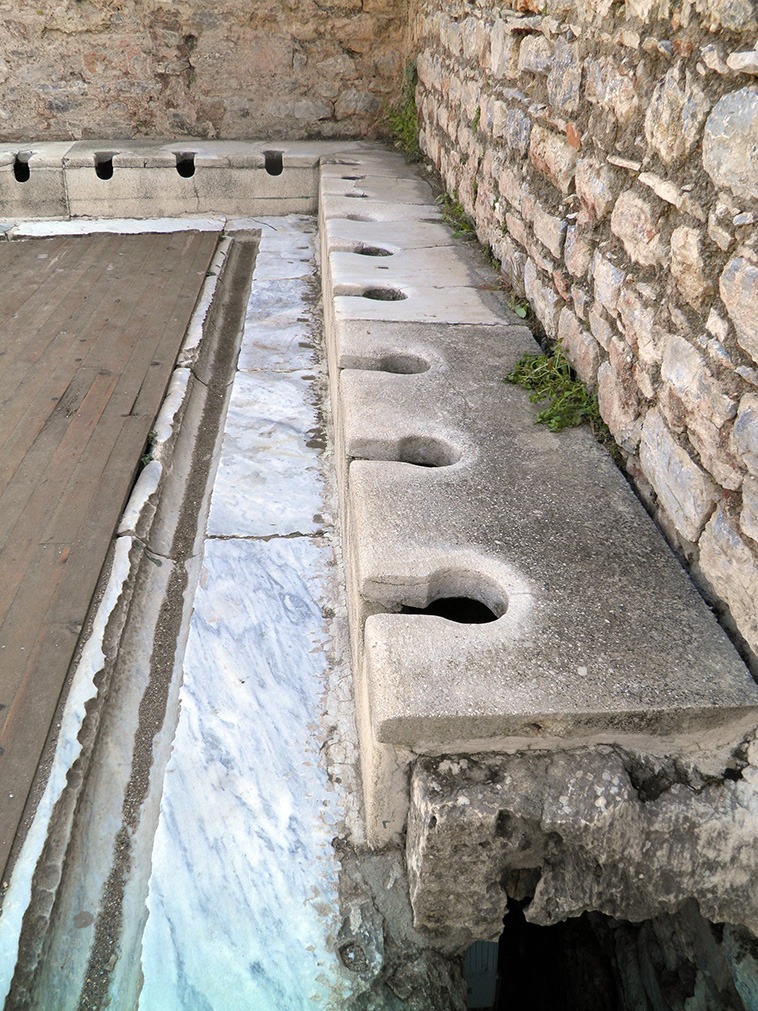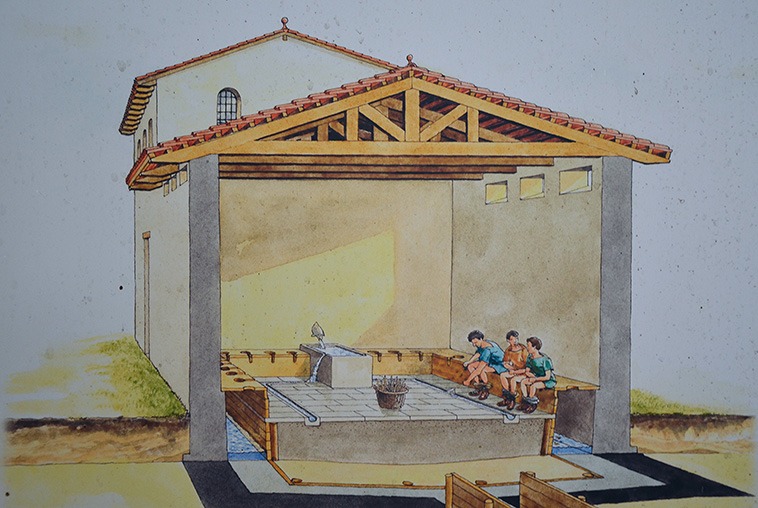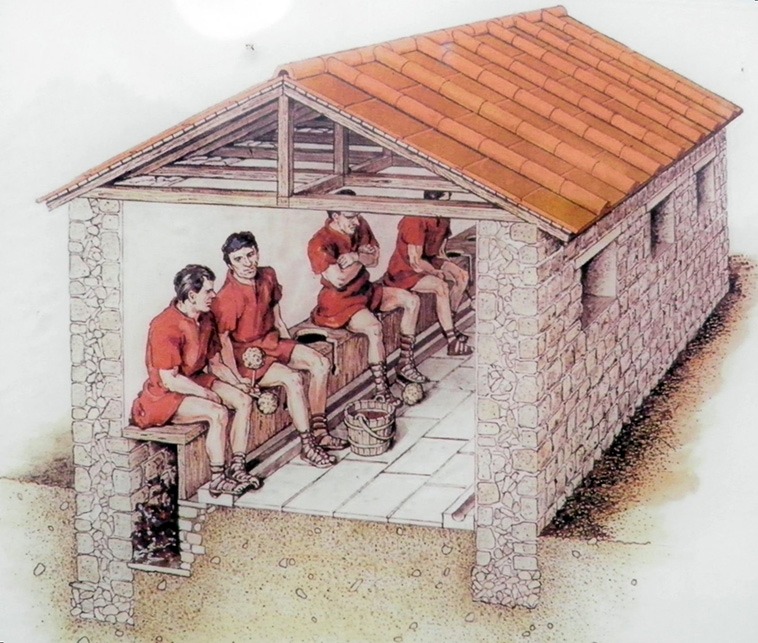
In ancient Rome, public latrines were a common feature in almost every city. These lavatories, often found in opulent settings, allowed large numbers of people, sometimes more than 20 at a time, to relieve themselves. While the concept of public toilets may seem mundane today, they played a significant role in Roman society.

One such example can be seen in the Scholastica Baths of Ephesus, located in present-day Turkey. Built in the 1st century AD, these public toilets required an entrance fee for use. The latrines were designed with a central, uncovered pool and toilets aligned along the walls. Wooden columns surrounded the pool, supporting a ceiling, and a drainage system was in place beneath the toilets.

Archaeological findings in Ostia, a port city near Rome, have provided a well-preserved glimpse into ancient Roman public latrines. The Forum Baths in Ostia showcase a remarkable public toilet facility. These latrines were decorated and featured multiple hazards, as explored in a video by toldinstone.
Reconstruction drawings also shed light on the layout and functionality of Roman latrines. One such illustration shows the public latrine at Forum Hadriani in Aurelium Cananefatium, located in Germania Inferior (modern-day Netherlands). It depicts a line of timber seats set over a drain, with a gutter in front for soldiers to wash the sponges they used in place of lavatory paper.
Another reconstruction drawing reveals the communal latrines in use at Housesteads Roman Fort (Vercovicium) in Britain. This depiction provides insight into how soldiers utilized the facilities during their time at the fort.
The existence of these public latrines reflects the advanced engineering and urban planning of ancient Rome. They served as essential amenities for residents and visitors alike, contributing to the overall infrastructure and hygiene of the cities. Exploring the history of public latrines not only provides a fascinating glimpse into the daily lives of ancient Romans but also highlights the remarkable advancements they made in sanitation and public health.






Leave a Reply